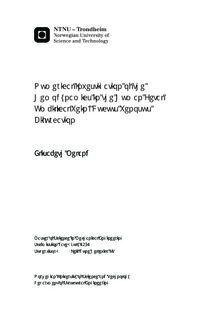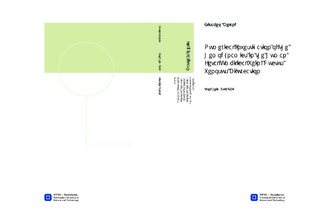| dc.contributor.advisor | Hellevik, Leif Rune | nb_NO |
| dc.contributor.author | Meland, Elisabeth | nb_NO |
| dc.date.accessioned | 2014-12-19T12:01:34Z | |
| dc.date.available | 2014-12-19T12:01:34Z | |
| dc.date.created | 2012-11-10 | nb_NO |
| dc.date.issued | 2012 | nb_NO |
| dc.identifier | 566960 | nb_NO |
| dc.identifier | ntnudaim:8449 | nb_NO |
| dc.identifier.uri | http://hdl.handle.net/11250/237124 | |
| dc.description.abstract | The transport of oxygenated blood from the placenta to the human fetus has received great attention in clinical Doppler velocimetry studies, especially the ductus venosus. The ductus venosus is connecting the intra abdominal portion of the umbilical vein and the inferior vena cava at the inlet of the right atrium and is therefore significant when examining the fetus state of health. In this thesis, the distribution and pulsations of flow waves in the ductus venosus, umbilical vein and left portal vein are investigated. Furthermore, important model parameters of the fetus circulation are determined with stochastic simulations and sensitivity analysis. The sensitivity analysis was put forward in order to interpret the uncertainty of the many variables in the fetus circulation and how the flow waves are affected. The deterministic blood flow was modelled with a 1D mathematical model. A combination of the 1D mathematical model with a generalized Polynomial Chaos method was applied for the stochastic simulations. All the simulations in this thesis are performed in context of fetal diseases, motivated by typical detrimental signs in fluid mechanics related to the umbilical vein/ductus venosus bifurcation. Furthermore, reversed flow in ductus venosus during atrial contraction, often observed in chromosomally abnormal fetuses was demonstrated. It was found that the reason was high pressure difference between ductus venosus and left portal vein. Pulsations transmitted into the umbilical vein is another detrimental sign in fetus circulation and the parameter providing such pulsations is the diameter of ductus venosus. Further investigations related to the model parameters as well as boundary conditions are suggested in order to expand knowledge and confidence establishing the fetus well being. | nb_NO |
| dc.language | eng | nb_NO |
| dc.publisher | Institutt for konstruksjonsteknikk | nb_NO |
| dc.subject | ntnudaim:8449 | no_NO |
| dc.subject | MTPROD produktutvikling og produksjon | no_NO |
| dc.subject | Anvendt mekanikk | no_NO |
| dc.title | Numerical Investigation of the Hemodynamics in the Human Fetal Umbilical Vein/ Ductus Venosus Bifurcation | nb_NO |
| dc.type | Master thesis | nb_NO |
| dc.source.pagenumber | 100 | nb_NO |
| dc.contributor.department | Norges teknisk-naturvitenskapelige universitet, Fakultet for ingeniørvitenskap og teknologi, Institutt for konstruksjonsteknikk | nb_NO |

